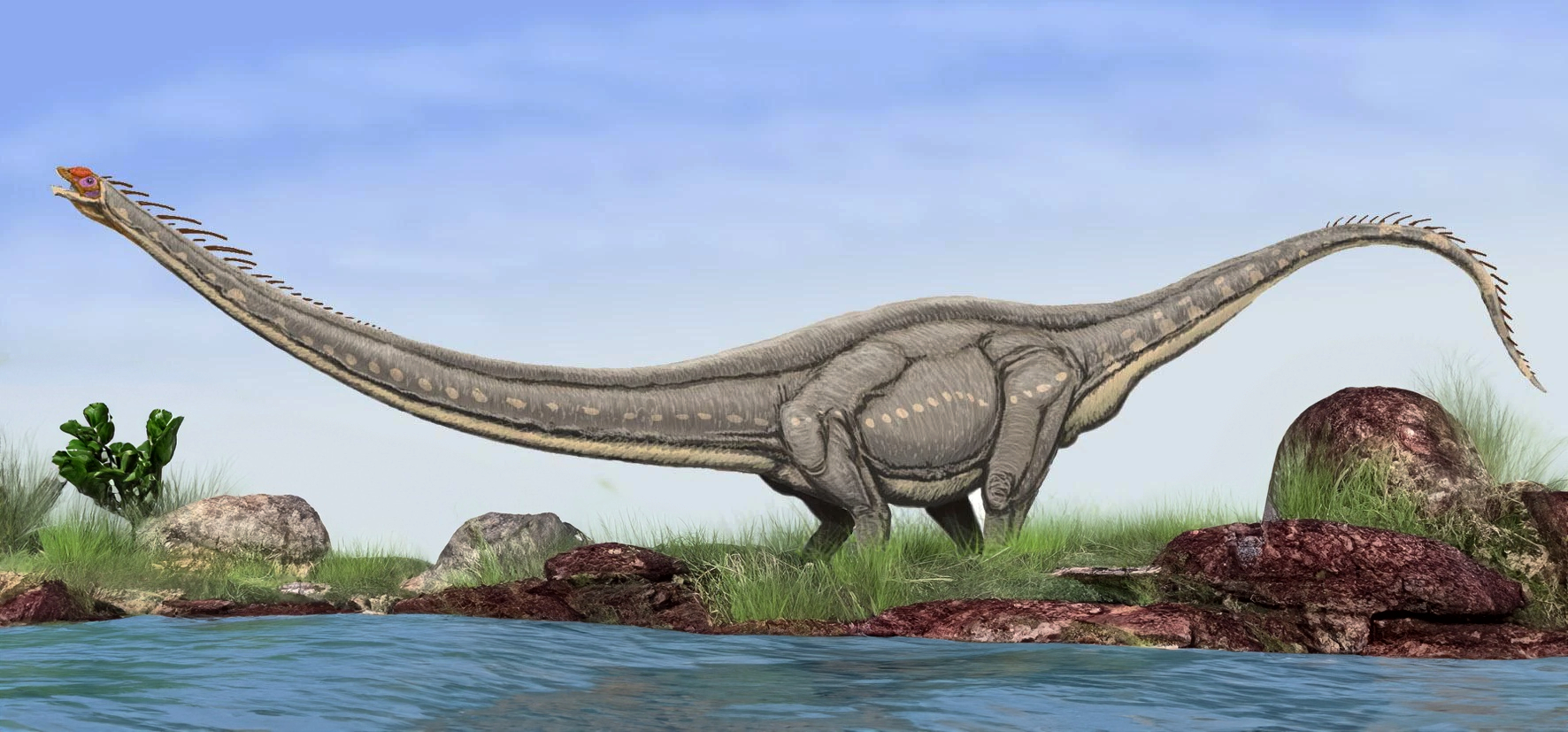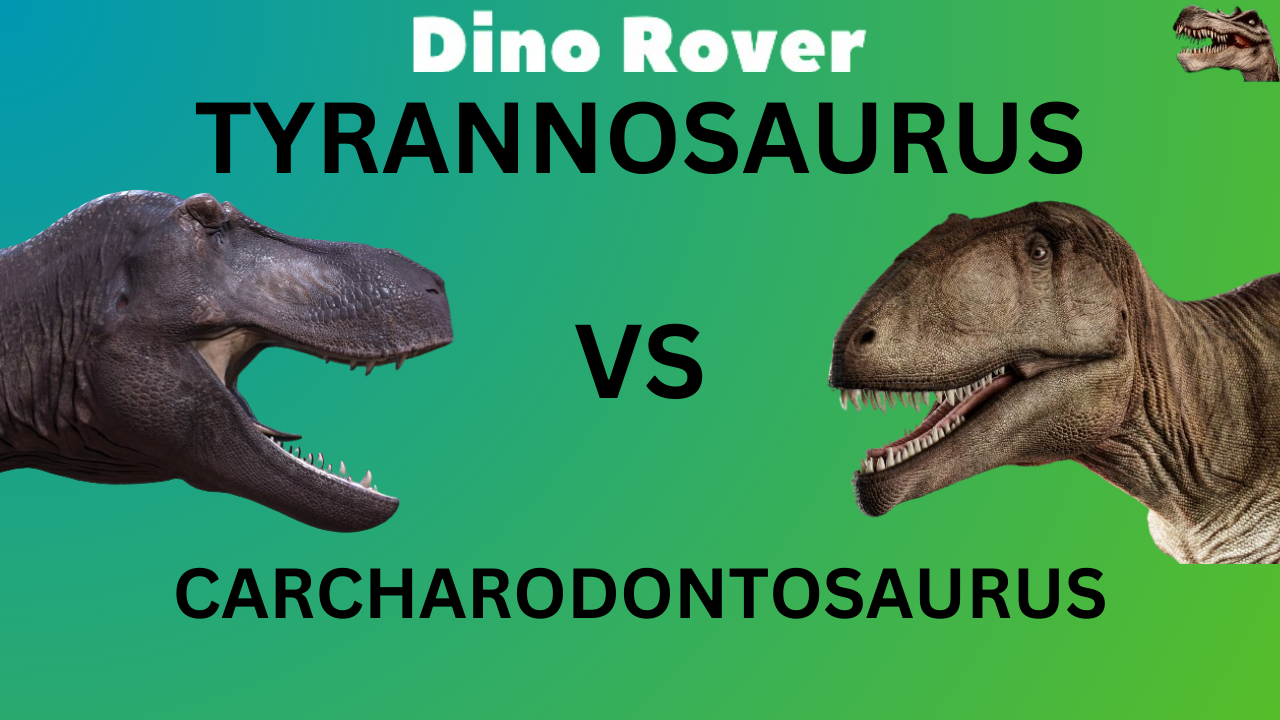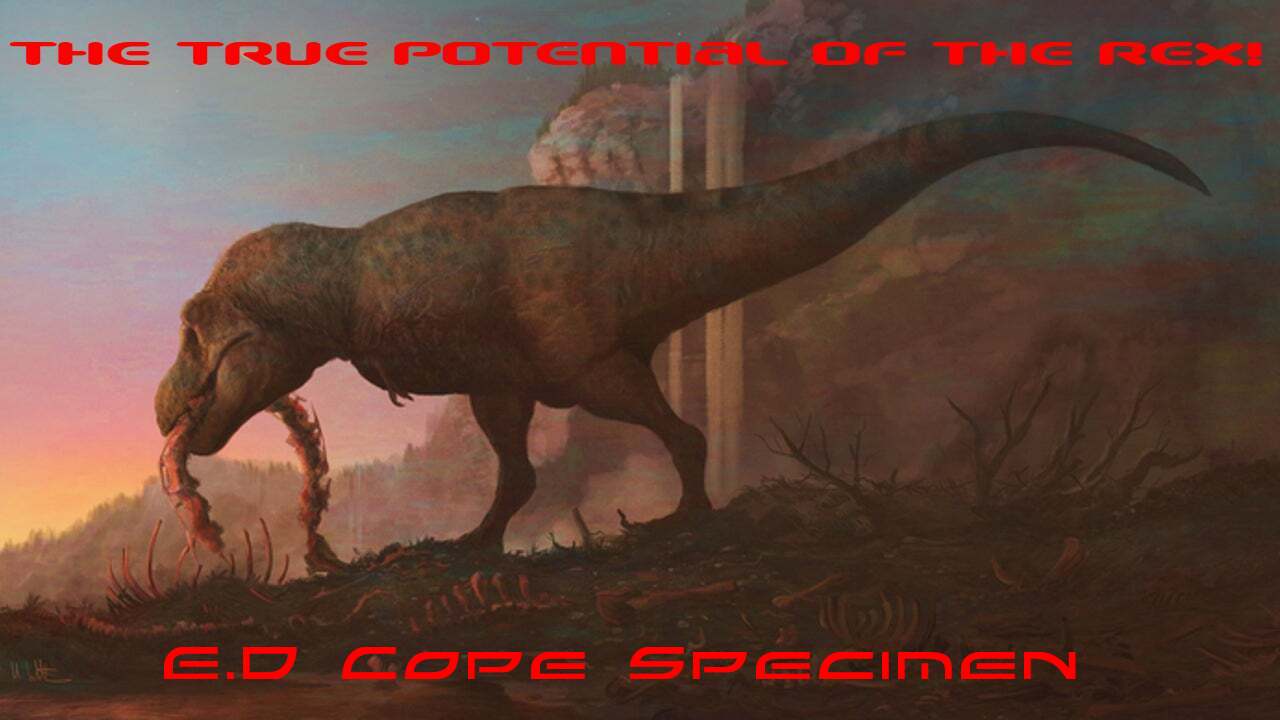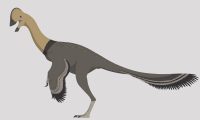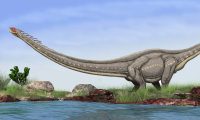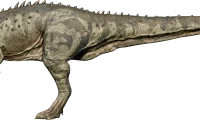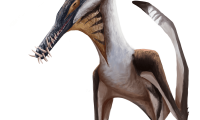In the fascinating realm of paleontology, let’s embark on an exploration into the life of Vulcanodon, a significant herbivorous giant that roamed the Earth during the Jurassic era. Vulcanodon was no petite creature, measuring approximately 20 feet in length, reminiscent of the size of a school bus but adorned with scales. Its physique boasted an elongated neck, a substantial tail, a modest head, and robust legs and body, giving it an imposing presence in its ecosystem.
Distinctive features adorned Vulcanodon, including nail-like claws on its feet and particularly large claws on each of its significant toes, lending an element of uniqueness to its appearance. Unlike some of its sauropod counterparts that preferred communal living, Vulcanodon didn’t partake in such dino gatherings, and evidence of herding behavior among its fossils remains elusive.
Determining the exact age of Vulcanodon has proven to be a mystery, adding an intriguing layer to its narrative. However, akin to many sauropods, it likely commenced its life journey by hatching from an egg. What sets Vulcanodon apart is the apparent lack of parental care; these colossal creatures seemingly left their eggs to hatch and fend for themselves, a stark contrast to the parenting behaviors observed in some other dinosaur species.
Delving into Vulcanodon’s dietary preferences unveils its role as a full-time herbivore. Its menu comprised an extensive array of plant life, ranging from ferns to tree leaves. To sustain its massive frame, Vulcanodon engaged in continuous foraging, consuming a substantial volume of greens daily. The herbivore’s dietary choices included conifers, gingkos, seed ferns, cycads, bennettitaleans, ferns, club mosses, and horsetails—a diverse and nutritious selection.
In the realm of intellect, Vulcanodon did not shine as the brightest star among dinosaurs. Its cognitive abilities ranked among the lowest in the dinosaur kingdom, emphasizing its laid-back nature and simple cognitive processes.
Vulcanodon existed during the early Jurassic period, approximately 208-201 million years ago. Fossil evidence, in the form of a partial specimen, was unearthed in Mashonaland North, Zimbabwe, Africa. Additionally, some intriguing footprints discovered in Lesotho, South Africa, are thought to be linked to this herbivorous giant, adding to the puzzle of its historical presence.
In summary, Vulcanodon, with its imposing size, distinctive features, and unique characteristics, adds another layer to the rich tapestry of Earth’s prehistoric inhabitants, leaving paleontologists with an ongoing quest to unveil the mysteries of its life and times




